Optimal Timing for Waterproofing Services
Waterproofing is a critical process that protects structures from water intrusion, preventing damage and extending the lifespan of buildings. Proper timing ensures the effectiveness and longevity of waterproofing treatments, making it an essential consideration for property maintenance.
Spring offers moderate temperatures and lower humidity, ideal for applying waterproofing materials before heavy rains begin.
Summer's warm weather allows for quick curing of waterproofing products, but high humidity and rain can pose challenges.
Fall provides cooler temperatures and dry conditions, suitable for preparing structures ahead of winter.
Winter is generally not recommended due to freezing temperatures that hinder application and curing processes.
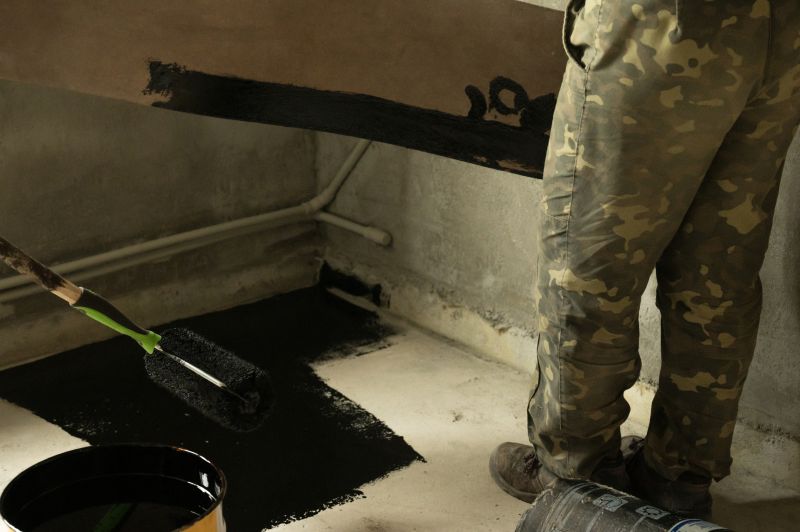
Ways to make Waterproofings work in tight or awkward layouts.
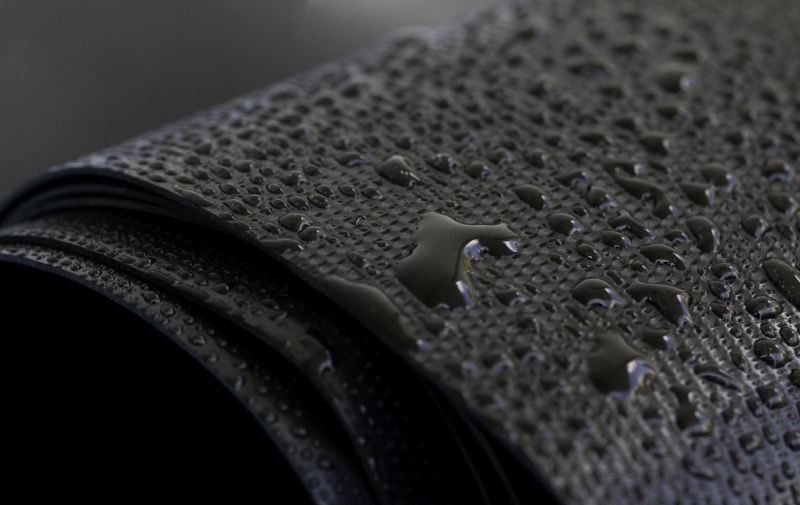
Popular materials for Waterproofings and why they hold up over time.

Simple add-ons that improve Waterproofings without blowing the budget.

High-end options that actually feel worth it for Waterproofings.
Waterproofings involve applying specialized materials to prevent water penetration in foundations, roofs, and walls. These treatments are vital for maintaining structural integrity and preventing issues such as mold, rot, and interior water damage. The effectiveness of waterproofing depends heavily on proper timing, material selection, and application techniques.
Applying waterproofing during optimal weather conditions enhances adhesion and curing, ensuring long-term protection.
Choosing the right season minimizes risks associated with temperature extremes and moisture levels during application.
Proper planning allows waterproofing to withstand seasonal weather variations and extend its durability.
Correct timing of waterproofing can significantly prolong the lifespan of a structure by preventing water-related damage.
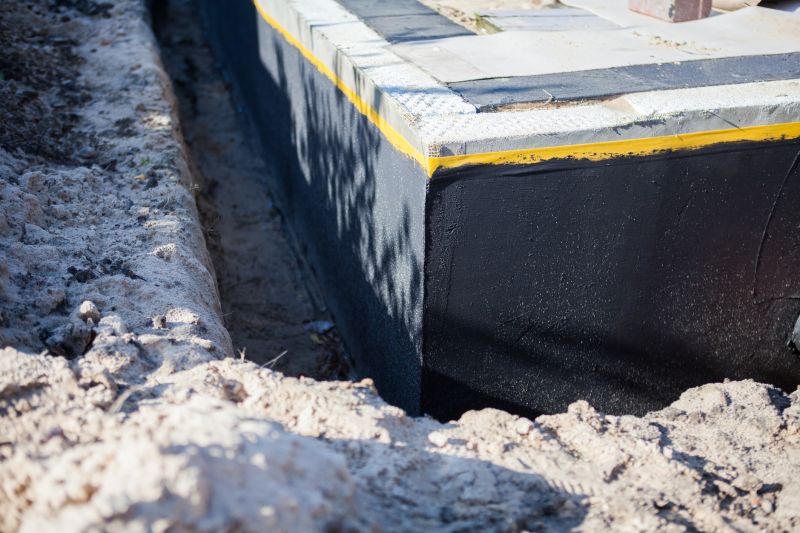
Finishes and colors that play nicely with Waterproofings.
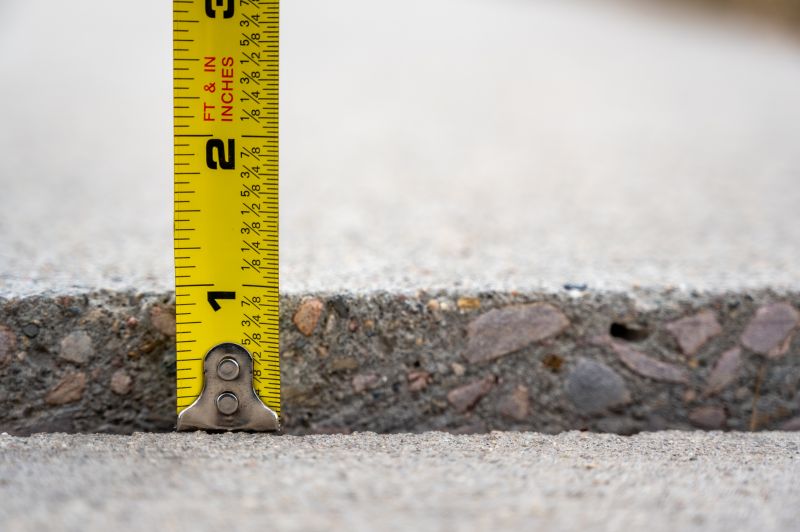
Little measurements that prevent headaches on Waterproofings day.
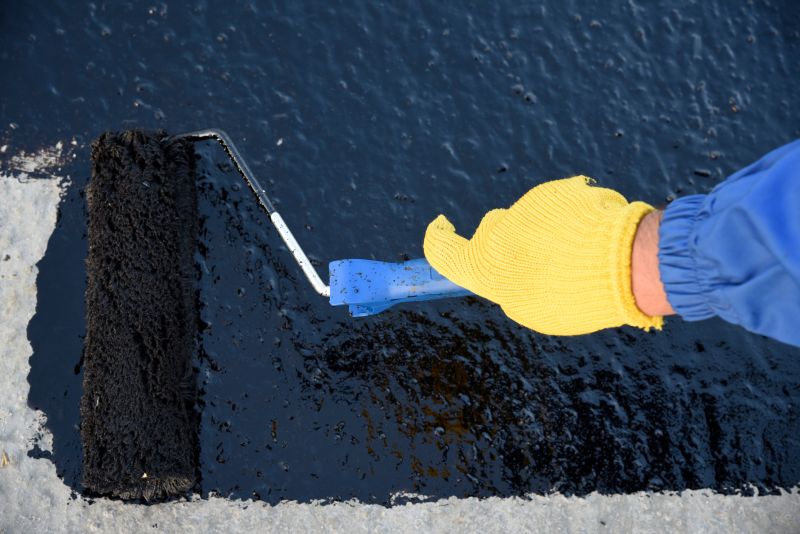
A 60-second routine that keeps Waterproofings looking new.
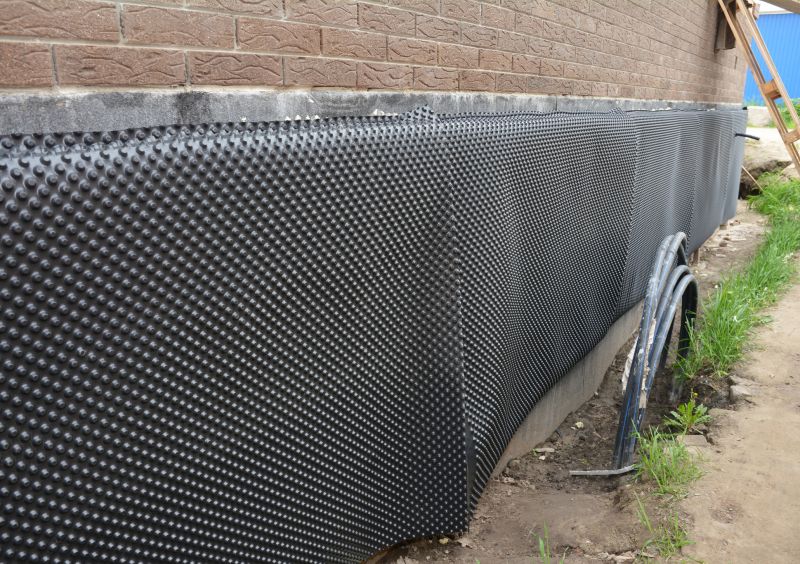
A frequent mistake in Waterproofings and how to dodge it.
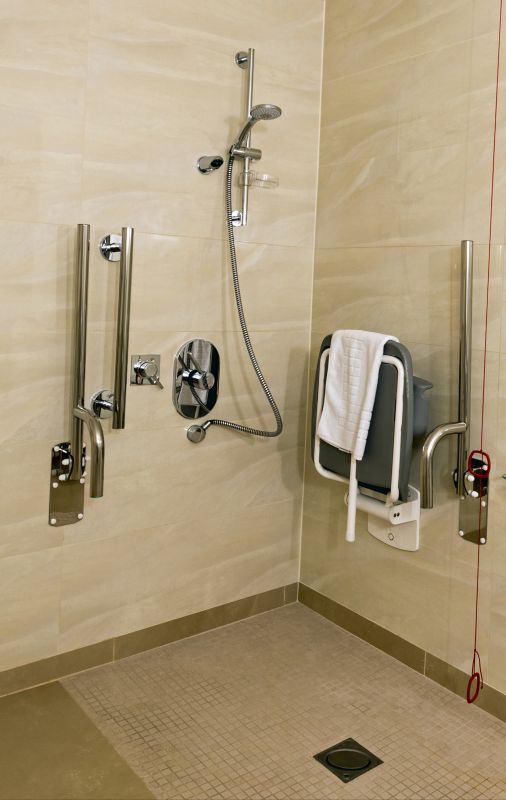
Small tweaks to make Waterproofings safer and easier to use.
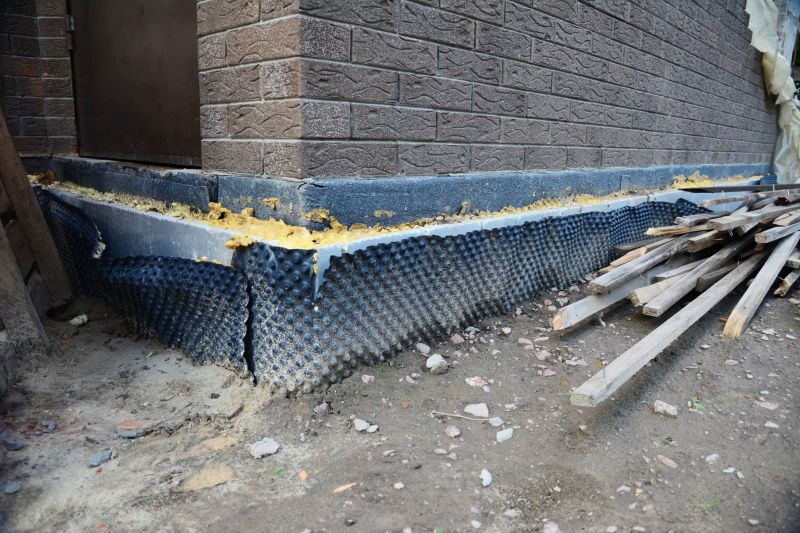
Lower-waste or water-saving choices for Waterproofings.
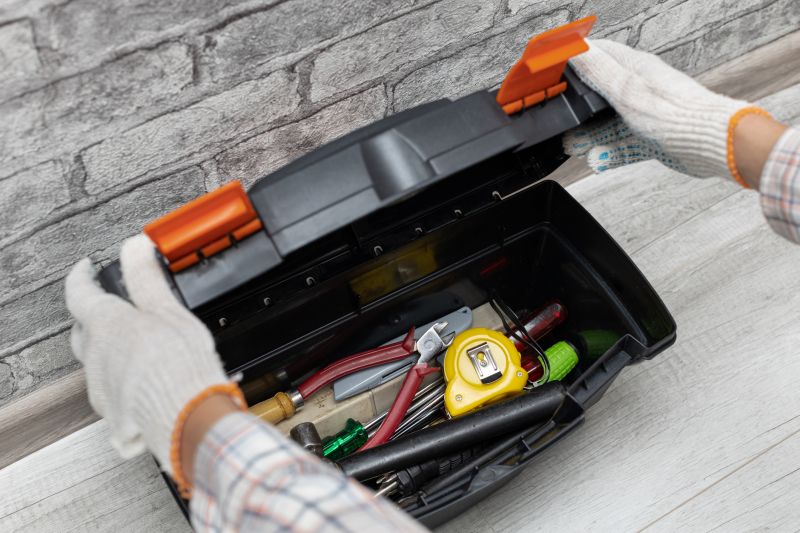
The short, realistic tool list for quality Waterproofings.
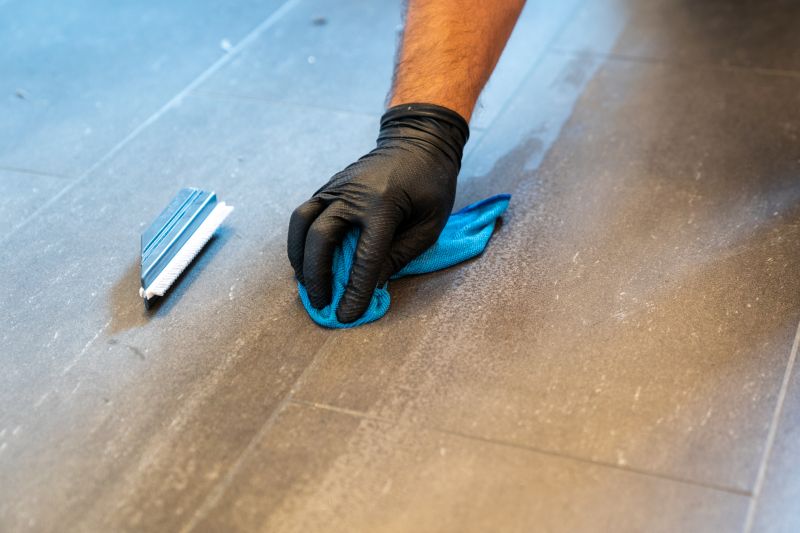
Rough timing from prep to clean-up for Waterproofings.
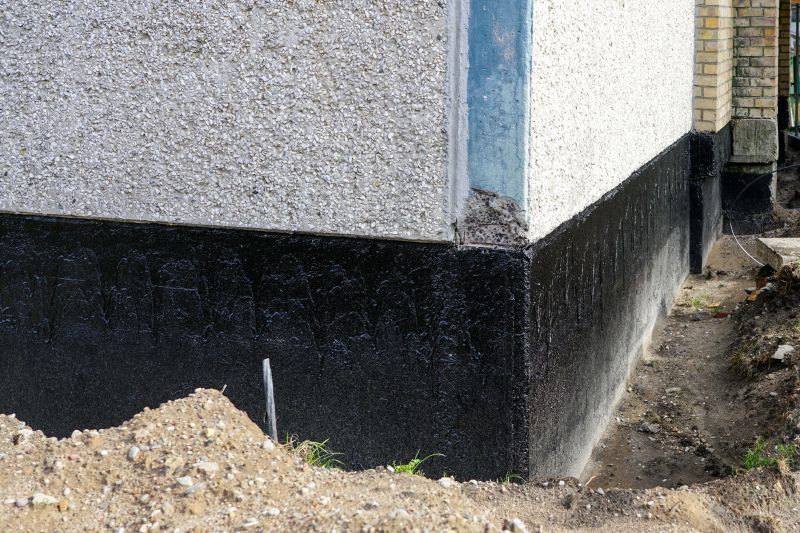
Quick checks and paperwork to keep after Waterproofings.
| Season | Ideal Conditions |
|---|---|
| Spring | Moderate temperatures, low humidity, dry days |
| Summer | Warm weather, but watch for high humidity and rain |
| Fall | Cool temperatures, dry conditions |
| Winter | Freezing temperatures, generally unsuitable |
Proper timing for waterproofing ensures the best adhesion and curing of materials, which is essential for effective water resistance. Applying treatments during optimal weather conditions reduces the risk of failures and future repairs. Consulting with waterproofing professionals can help determine the best time based on local climate patterns.
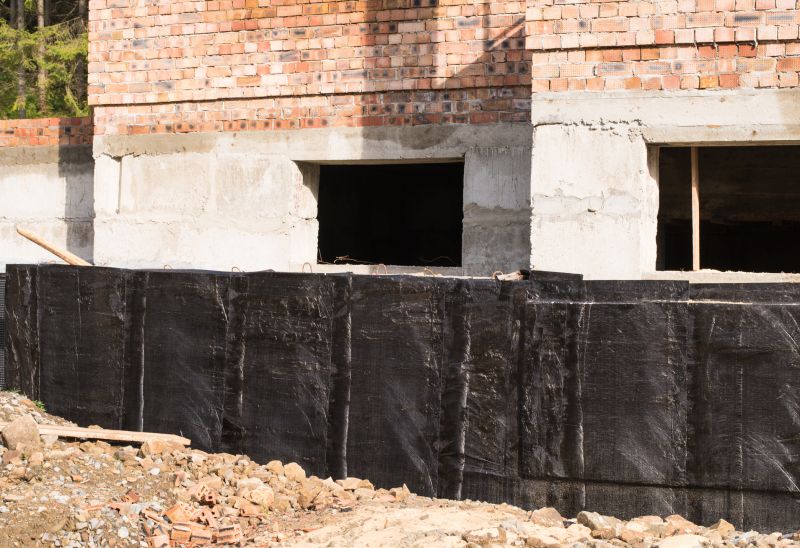
Examples that show the impact a good Waterproofings can make.
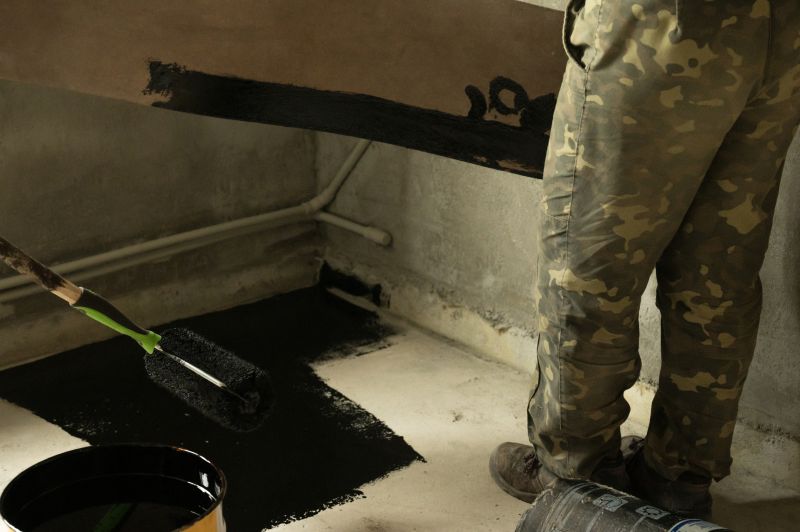
Ways to make Waterproofings work in tight or awkward layouts.
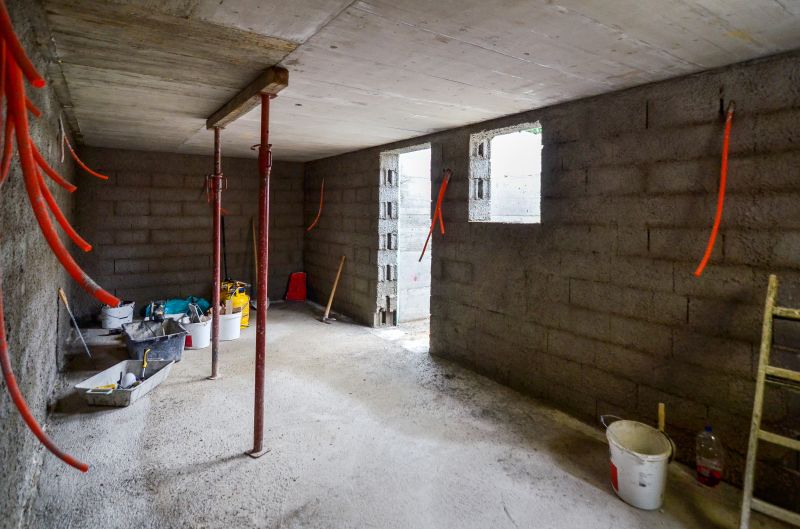
Ways to make Waterproofings work in tight or awkward layouts.

Ways to make Waterproofings work in tight or awkward layouts.
Interested parties are encouraged to contact for more information about waterproofing services. Proper timing and application can significantly enhance the durability and performance of waterproofing treatments, protecting structures from water damage and related issues.




